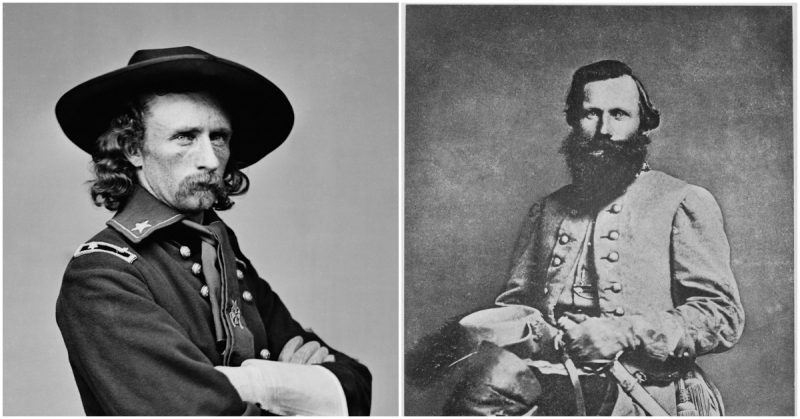In the muggy heat of July, 1863, two armies met in the small town of Gettysburg, PA in a battle that would decide the fate of the Southern Confederacy. General Robert E Lee had led his army into the North with the goal of defeating the Northern Army of the Potomac decisively hoping to force the Union to sue for peace.
The battle culminated on the 3rd day with the dramatic and well known charge of General Pickett’s division into the Union center. This moment has been memorialized as the “high-tide of the Confederacy” as it’s failure started the slow decline of Southern aspirations to secede from the Union. The war would continue for 2 more long years, but it was at this point that the Confederacy became a lost cause.
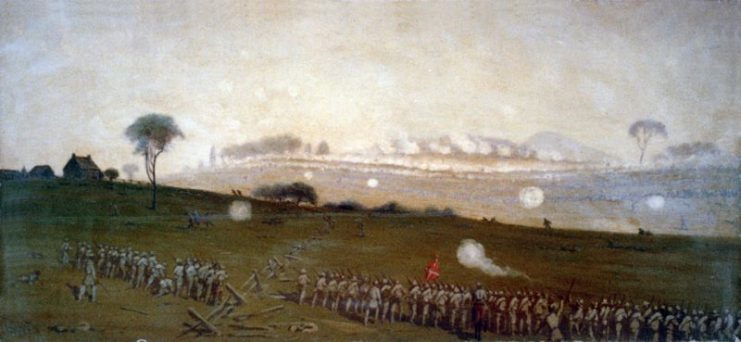
At the same time that Pickett was leading his gallant charge across a field into the face of Union artillery loaded with infantry demolishing cannister shot, another engagement was taking place behind Union lines with two of the most legendary cavalrymen in U.S. military history – Confederate General J.E.B. Stuart and Union General George Armstrong Custer.
The cavalry battle known as East Cavalry Field has often been relegated to a footnote in the story of the 3rd day at Gettysburg, but it was no less important to the success or failure of Lee’s attempt to break General Meade’s army.
Lee’s Plan for the Assault on the Union Center
General Lee understood the risks of sending his only fresh division into the heart of the Union forces so he gave General Stuart the task of attacking the Union rear simultaneously as Pickett would begin his advance from Seminary Ridge towards the Union lines on opposing Cemetery Ridge. Stuart would signal that he was in position by firing 4 cannon shots from Cress Ridge behind the Union lines.
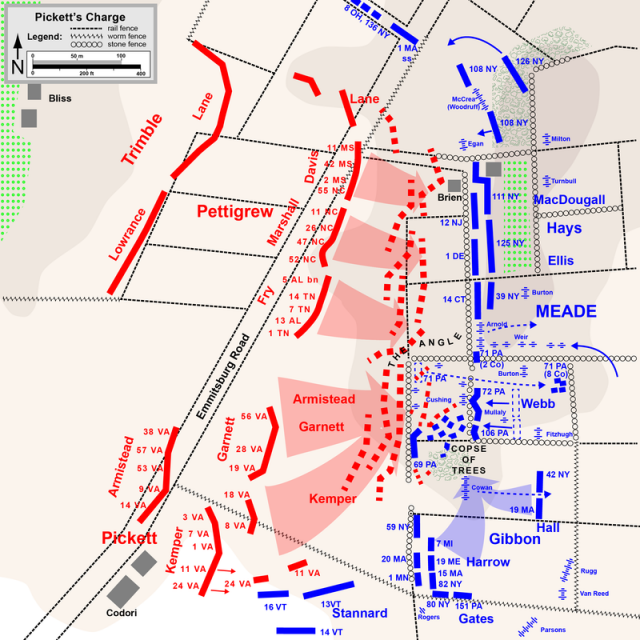
Stuart would attack the Union rear and create havoc for Union reinforcements as well as create fear for those Northern units holding the line against Pickett’s charge. Stuart took 4 brigades of cavalry with him for the assault, which normally would have meant about 5,000 men plus horse artillery. However, due to the long ride of the previous week, most figures have Stuart’s force estimated at a little over 3,000 men supported by only 13 guns.
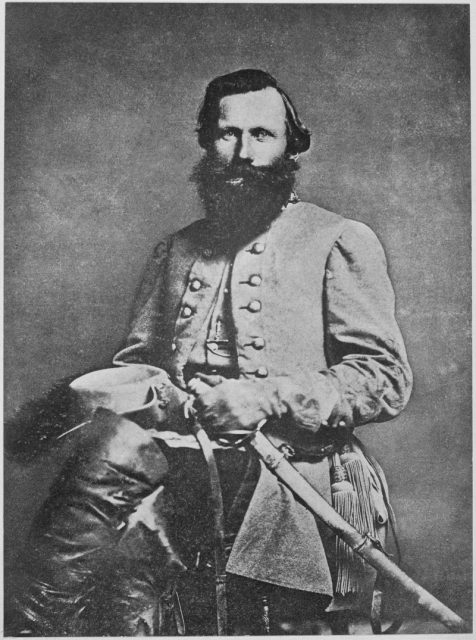
Stuart’s brigades were under the command of experienced Confederate generals – Wade Hampton, Fitzhugh Lee, and Colonels – John Chambliss and Milton Ferguson.
Meade’s Anticipation and Plan for Day 3
General Meade after enduring assaults on both his right and left flanks on Days 1 and 2 respectively at Gettysburg led him to believe that Lee would again attack and this time at his center. He positioned his troops accordingly and instructed General Gregg who was presently in command of General Pleasanton’s Cavalry Division to protect the Union rear.
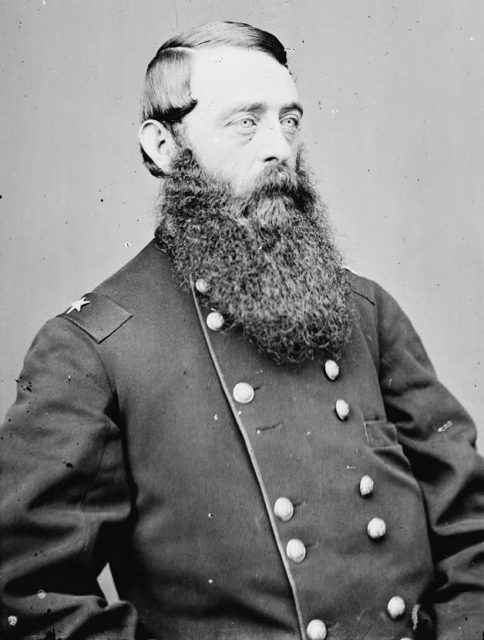
Gregg’s force consisted of only 1 available Union cavalry brigade as much of his command was dispersed elsewhere on the field at Gettysburg or throughout the region. However, he was supplemented by a fresh new cavalry brigade from Michigan under the command of a brash, young General of only 23 years of age named George Custer.
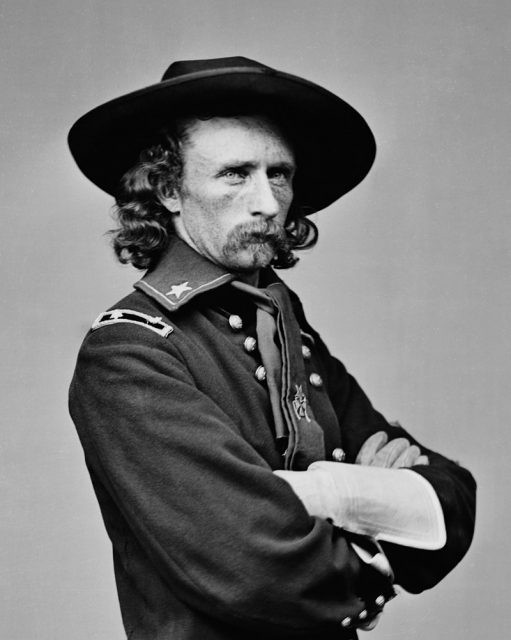
The Cavalry Battle Ensues
Stuart took position with his force on Cress Ridge at about 11:00 a.m. on the 3rd of July and as directed, signaled Lee with 4 cannon shots that he was in position. While this did provide a clear signal to Lee, it also alerted General Gregg to the presence of Confederate soldiers in his immediate vicinity.
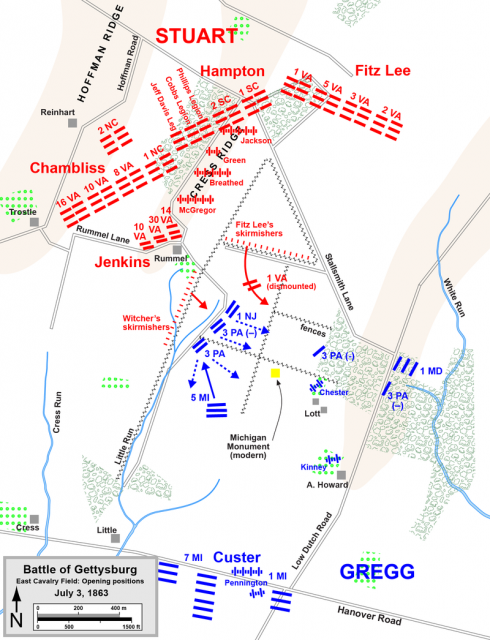
An artillery exchange between Stuart’s guns and those of Gregg’s commenced with the Union forces out dueling the Confederates. This was partially because Stuart lacked ammunition and also due to superior Union artillery.
Elements of Custer’s brigade created a skirmish line in front of the ridge and armed with new repeating Spencer rifles were able hold back a Confederate advance. Frustrated with the lack of progress, Stuart ordered Fitzhugh Lee to charge the skirmishers and run them from the field, which they accomplished handily.
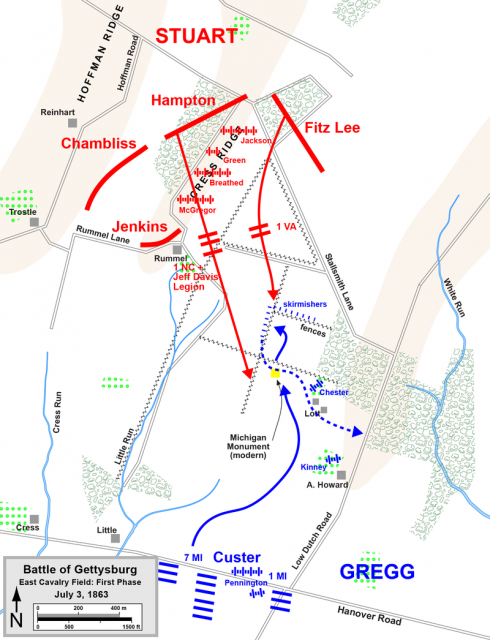
However, sensing a break of the Union soldiers, Custer rallied his men for a counter charge by screaming, “Come on, you Wolverines!” and leading his directly into the fray clashing with the Confederate cavalrymen. By all accounts, the impact of the two groups of horsemen was thunderous with many horses tumbling in the fray and crushing their riders.
At the sight of Custer’s charge, General Hampton then led his men charging directly into the maelstrom in hopes of dispersing the Union cavalry and routing their remaining men. For 40 minutes the two sides clashed with sabres, pistols, and carbines. Although it was short, it was extremely intense.
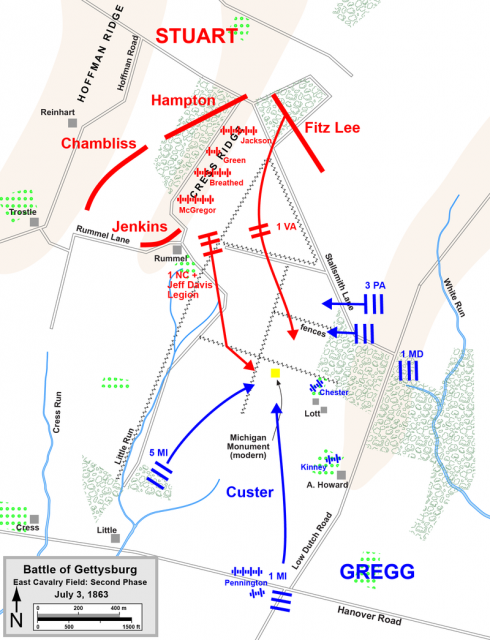
Custer lost 2 horses during the engagement but fought tenaciously inspiring his men. General Hampton himself was wounded when he became surrounded by three Union soldiers and one shot him in the back. He raised his sword and cut his way back to his own lines on Cress Ridge and his men followed suit ending the engagement.
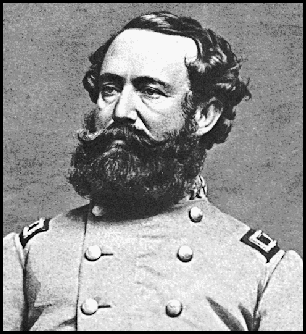
Consequences of the East Cavalry Field Battle
Unable to break through the Union blocking force, Stuart was forced to pull his forces back. His orders to generate havoc in support of Pickett’s charge were unfulfilled and his men had suffered a significant defeat to Union Cavalry, which up to then had been a rarity.
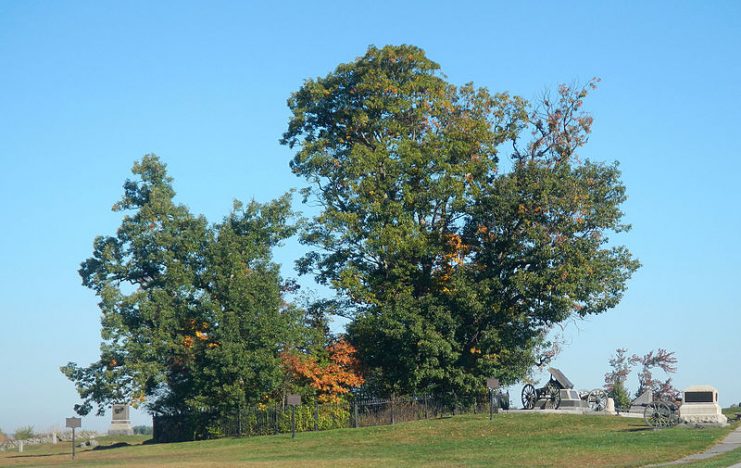
The Union Cavalry had protected the soft underbelly of the main lines on Cemetery Ridge with a smaller force by utilizing the superior weaponry at their disposal and the raw and inspiring courage of Custer that matched the legendary gallantry of Stuart and his men.
Pickett’s charge had failed and the Lee’s army was forced to retreat back into the South. The Army of Northern Virginia would not see a significant offensive operation again in the war.
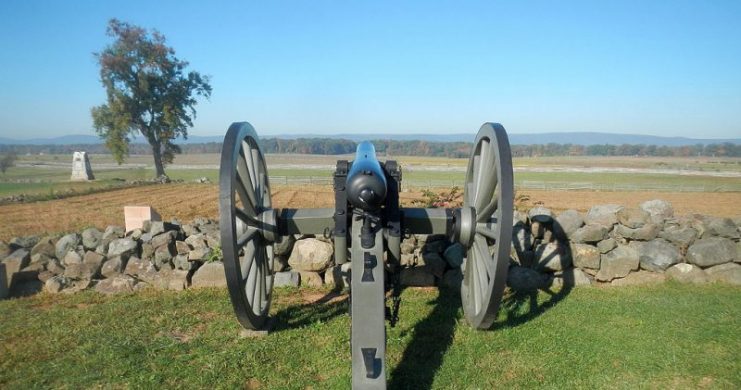
In comparison to the other engagements during the 3 days at Gettysburg, the East Cavalry Field was less dramatic in terms of casualties, but it was no less important and it featured one of the few head to head engagements of great cavalry leaders in American history.
While J.E.B. Stuart would be criticized for some of his failures during the war including those leading up to the Battle of Gettysburg, his aggressive tactics would enshrine him in the history books as a valiant commander.
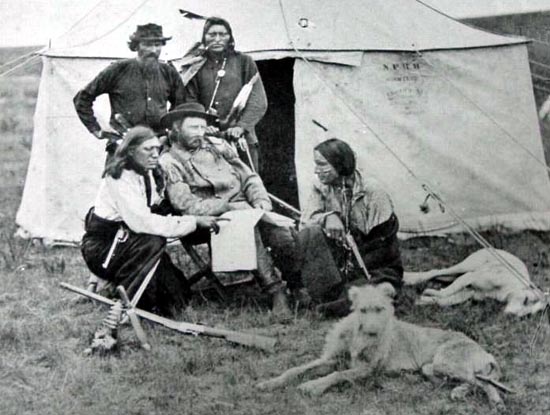
Custer would go on to gain infamy in a different war far to the West where he would end his life in a famous “last stand”.
